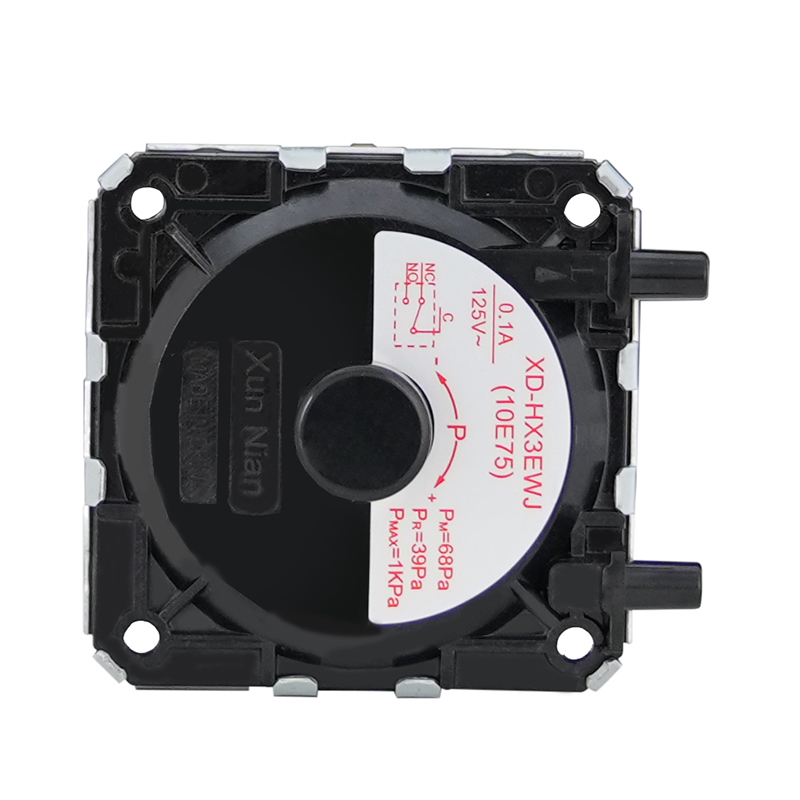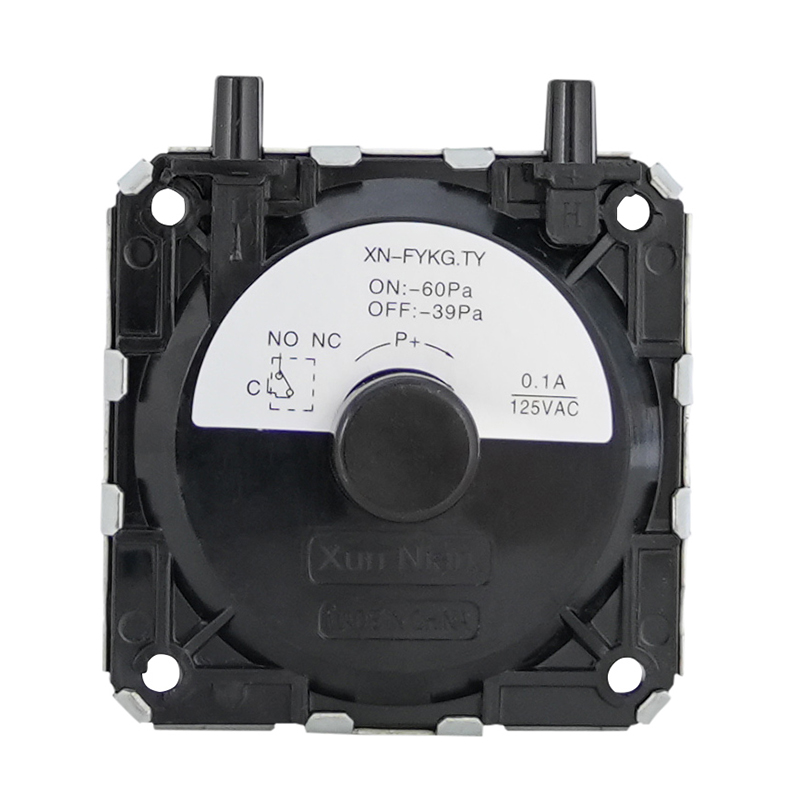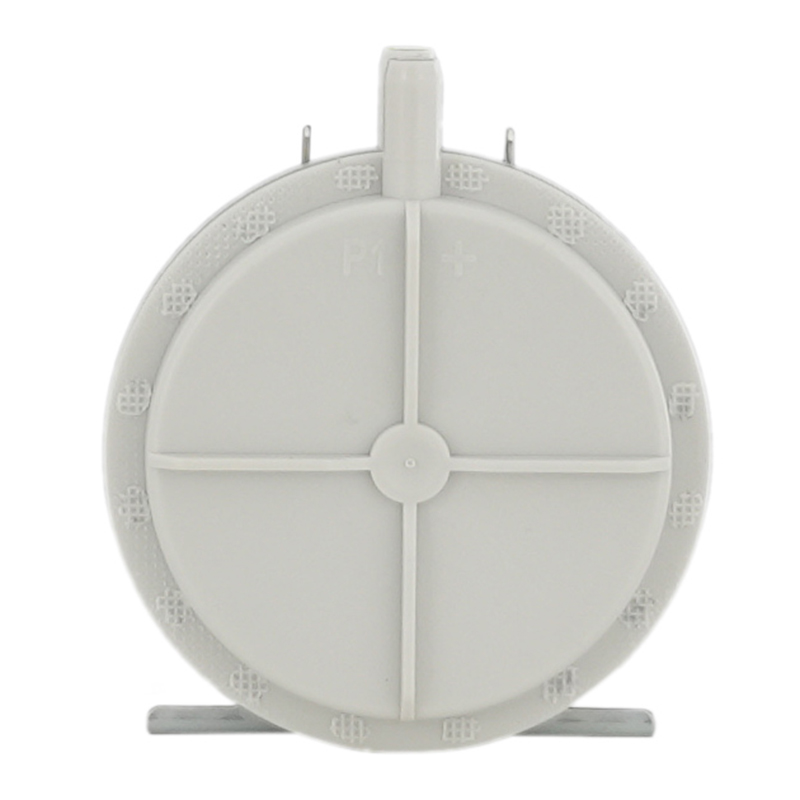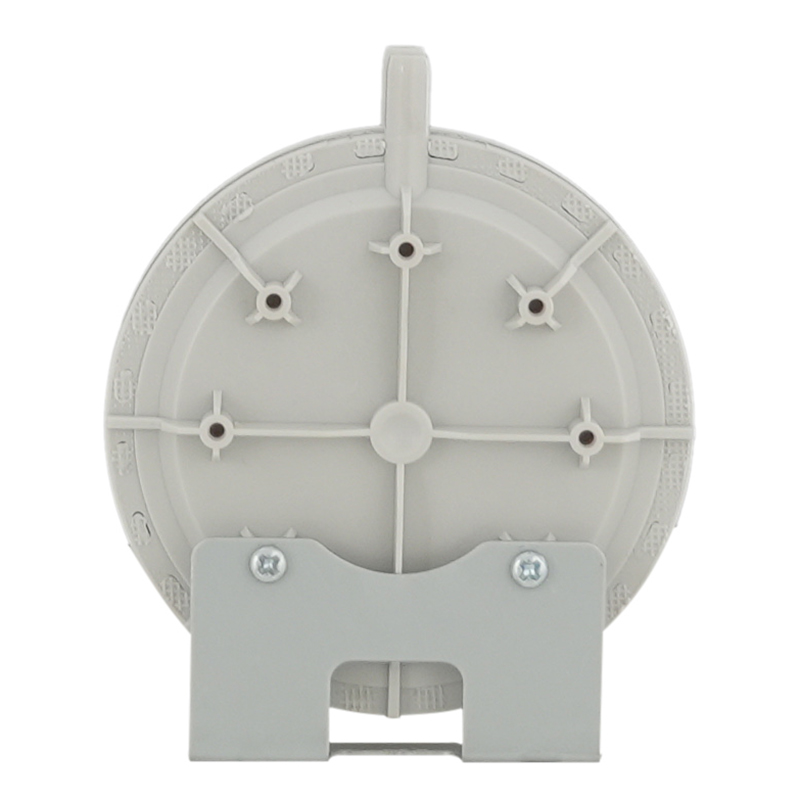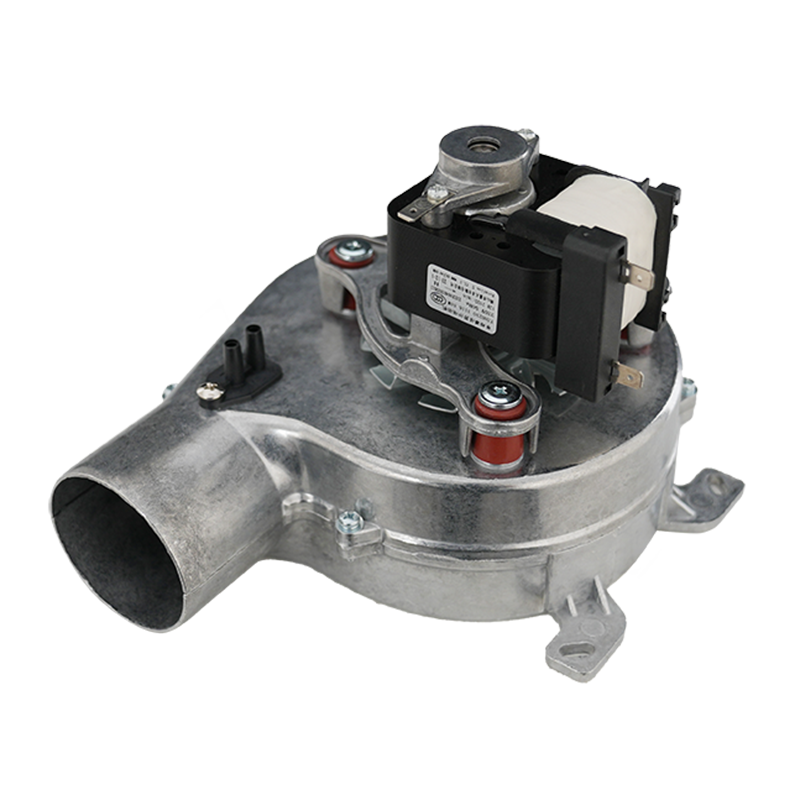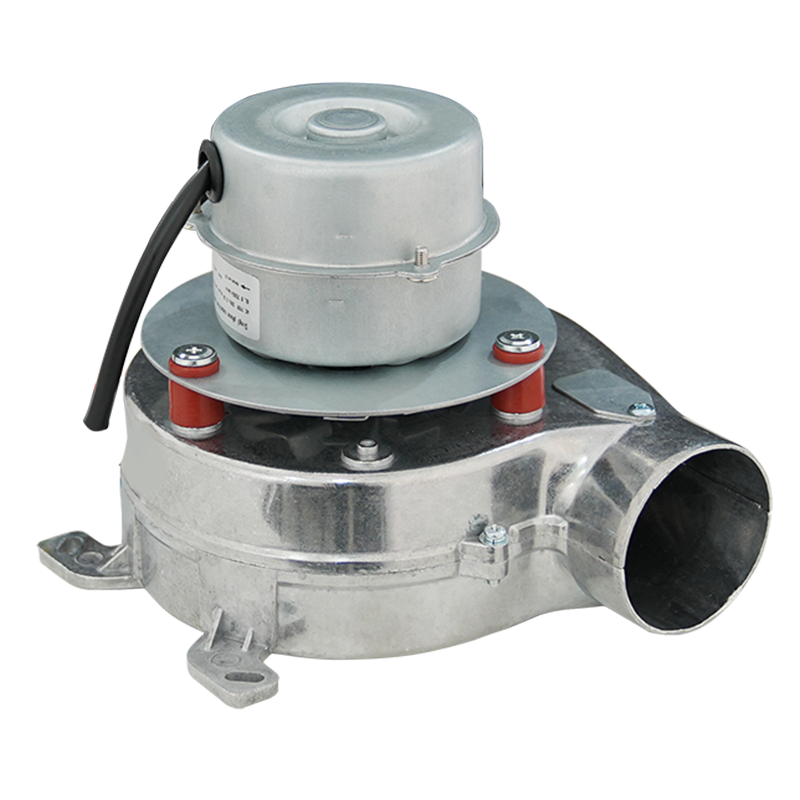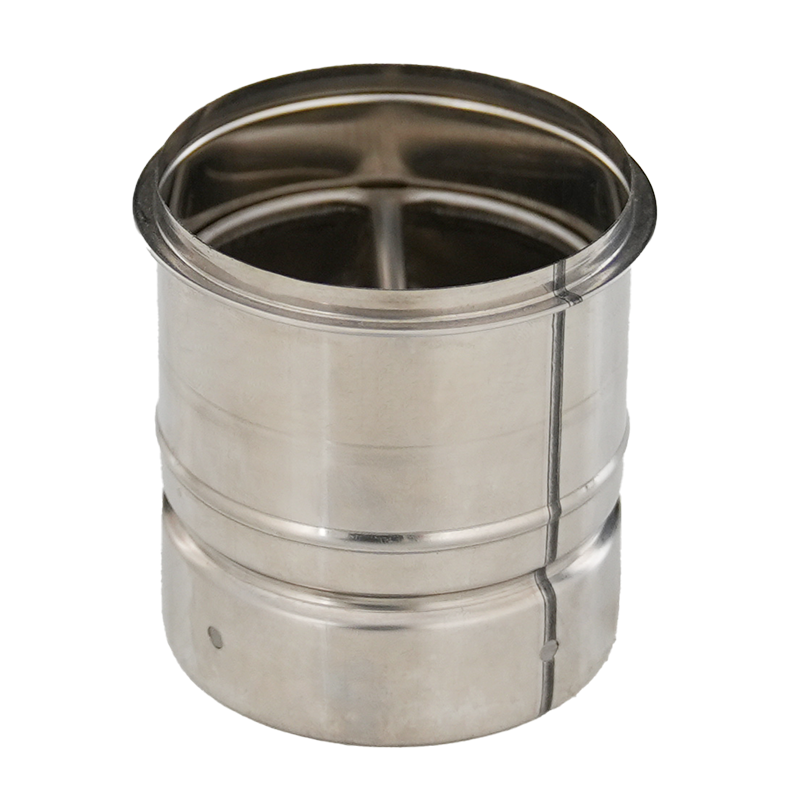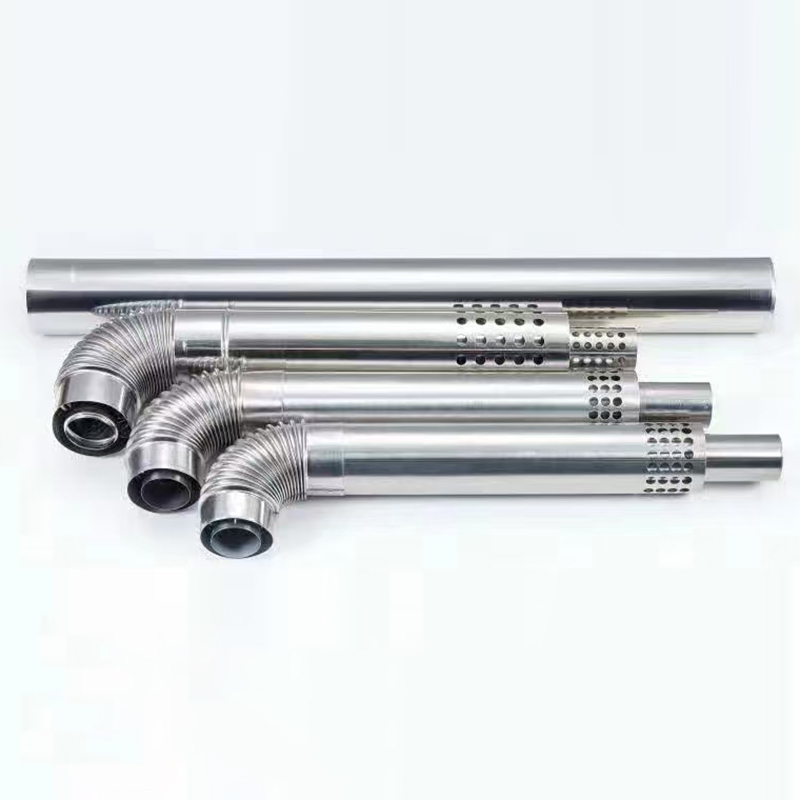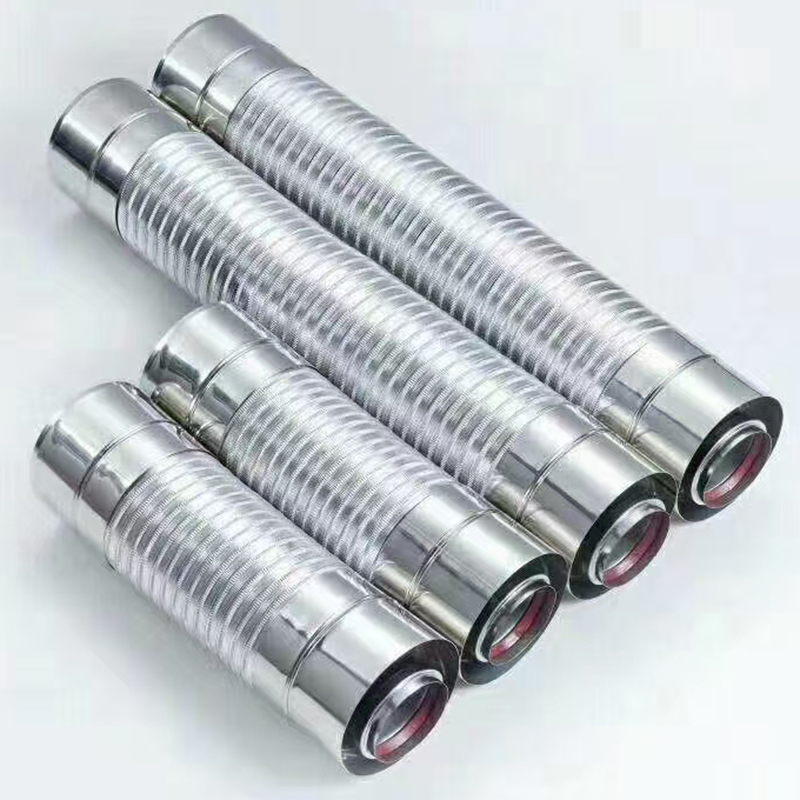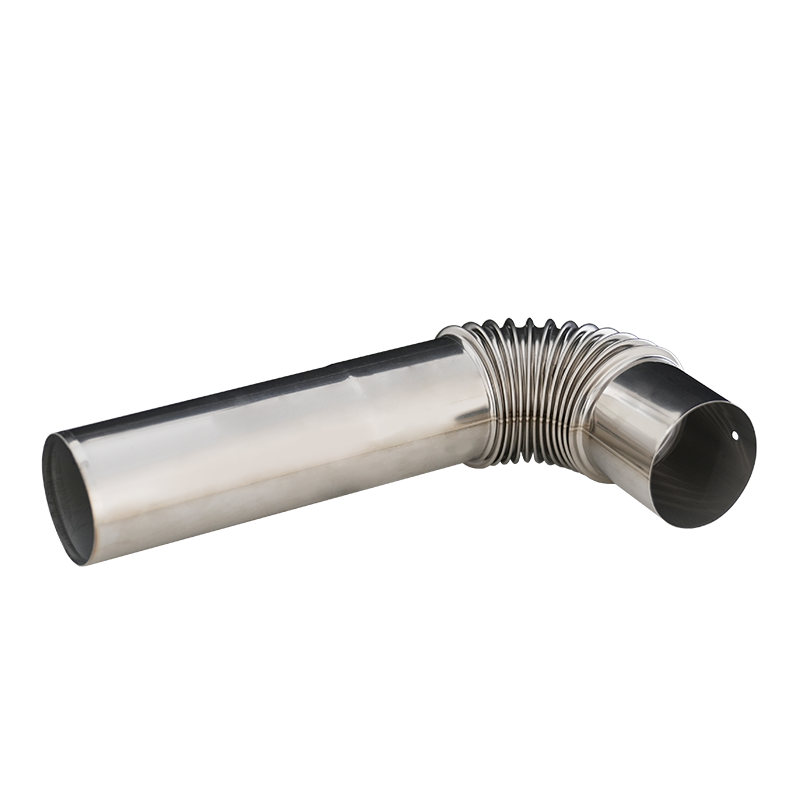As an efficient and energy-saving household heating equipment, the safety, durability and stability of the exhaust system of wall-hung boilers are of vital importance. As one of the key components of a wall-hung boiler, the exhaust pipe must be able to withstand high temperatures, corrosion and wear and tear caused by long-term use. Stainless steel pipes, with their excellent properties such as high temperature resistance, corrosion resistance and mechanical strength, have become the preferred material for the exhaust systems of wall-hung boilers.
The "three high" working conditions of wall-hung boiler exhaust: high temperature, high humidity and high corrosivity
1. High temperature: The exhaust temperature of ordinary wall-hung boilers is 100°C - 150°C. Although the temperature of condensing boilers drops to about 40°C, the local transient temperature can still reach more than 200°C.
1. High humidity: After natural gas combustion, each standard cubic meter of flue gas contains 1.5 kg of water vapor, and condensing boilers will additionally precipitate acidic condensate.
1. High corrosivity: The condensate combines with SOx and NOx to form an acidic liquid film with pH≈3, which is highly corrosive to metals.
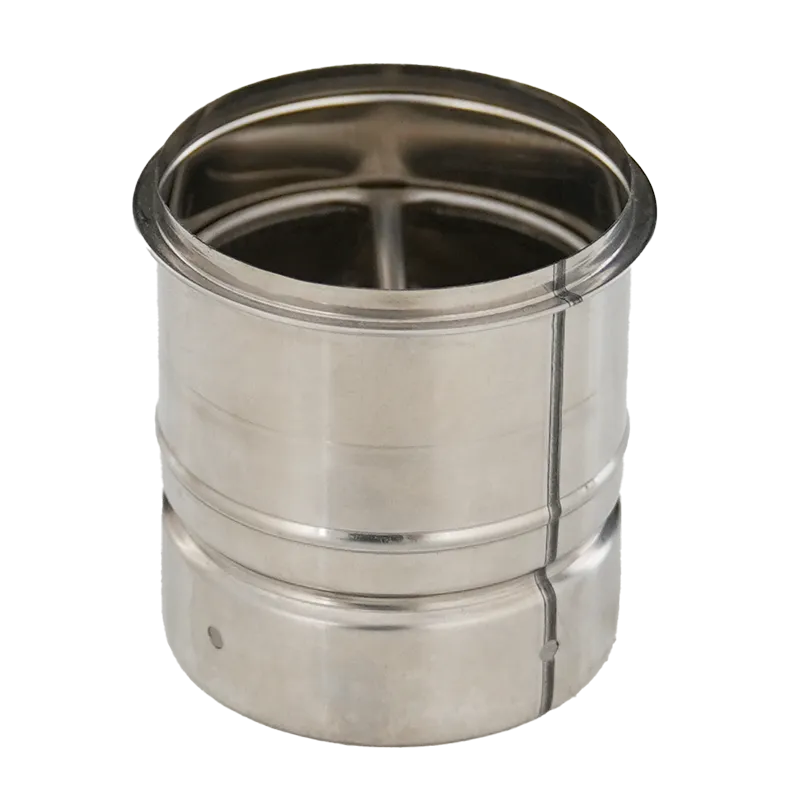
Traditional galvanized steel pipes will rust through in 3 - 5 years in such an environment; although aluminum chimneys are light, their long-term acid resistance is insufficient; PVC pipes, although acid-resistant, have a temperature resistance of less than 80°C and cannot be used in conventional furnace types. Stainless steel pipes (mainly austenitic or ferritic such as 304, 316L, 444) can resist both high-temperature oxidation and electrochemical corrosion by virtue of the dense passivation film formed by Cr, Ni and Mo, and their service life can reach more than 20 years.
Stainless steel pipes have excellent high-temperature resistance, which is one of the key reasons why they can be used in the exhaust systems of wall-hung boilers. When a wall-hung boiler burns, the exhaust temperature is usually between 100°C and 200°C, and the flue gas temperature of some high-efficiency condensing boilers may be even higher. Ordinary metals (such as galvanized steel pipes) are prone to oxidation and deformation at high temperatures, while stainless steel (especially austenitic stainless steels such as 304 and 316) can withstand high temperatures for a long time, maintain structural stability, and avoid pipe cracking or gas leakage caused by thermal expansion and contraction.
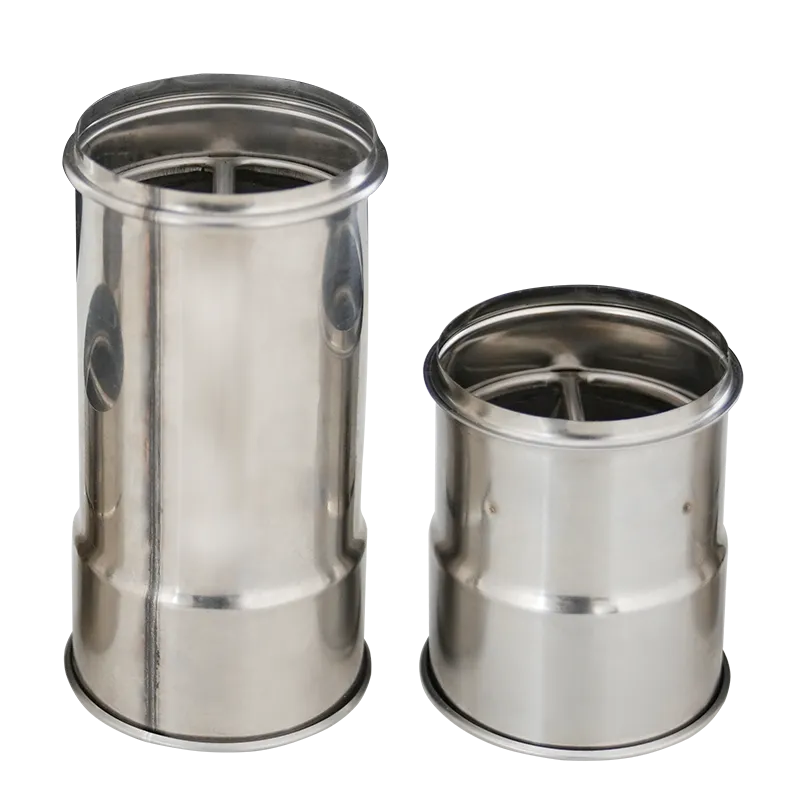
From "a single pipe" to "dual channels" - the structural revolution of coaxial flues
Modern wall-hung boilers generally adopt double-layer coaxial flues: the inner pipe discharges exhaust gas, and the outer pipe takes in air. The advantages of stainless steel pipes are further amplified in this structure:
1. Thin-walled and high-strength: The strength of stainless steel is 3 times that of aluminum, and it can maintain rigidity when the wall thickness is only 0.3 mm, reducing the outer diameter of the coaxial flue to 100 mm, which is convenient for wall penetration installation.
1. Matching thermal expansion and contraction: The thermal expansion coefficient of austenitic stainless steel is 17×10⁻⁶ /℃, which is close to that of the external wall insulation layer of buildings, and it is not easy to produce stress cracks under long-term temperature difference cycles.
1. Integrated sealing: Through TIG automatic welding or rolling flaring, stainless steel pipes can achieve "no rubber strip" hard sealing, eliminating the hidden danger of CO leakage and meeting the 1.2 kPa air tightness requirement of CJ/T 198 - 2004 "Stainless Steel Exhaust Pipes for Combustion Appliances".
From the extreme cold in the north to the humid cold in the south, from ordinary boilers to condensing boilers, stainless steel pipes, with the comprehensive advantages of "high temperature resistance, corrosion resistance, easy installation and long service life", have become the irreplaceable "aorta" of the exhaust system of wall-hung boilers. With the advancement of the dual-carbon strategy and the improvement of the penetration rate of condensing boilers, stainless steel pipes will not be replaced, but will continue to lead the future of the exhaust system of wall-hung boilers under the promotion of material upgrading, process innovation and intelligent interconnection.


